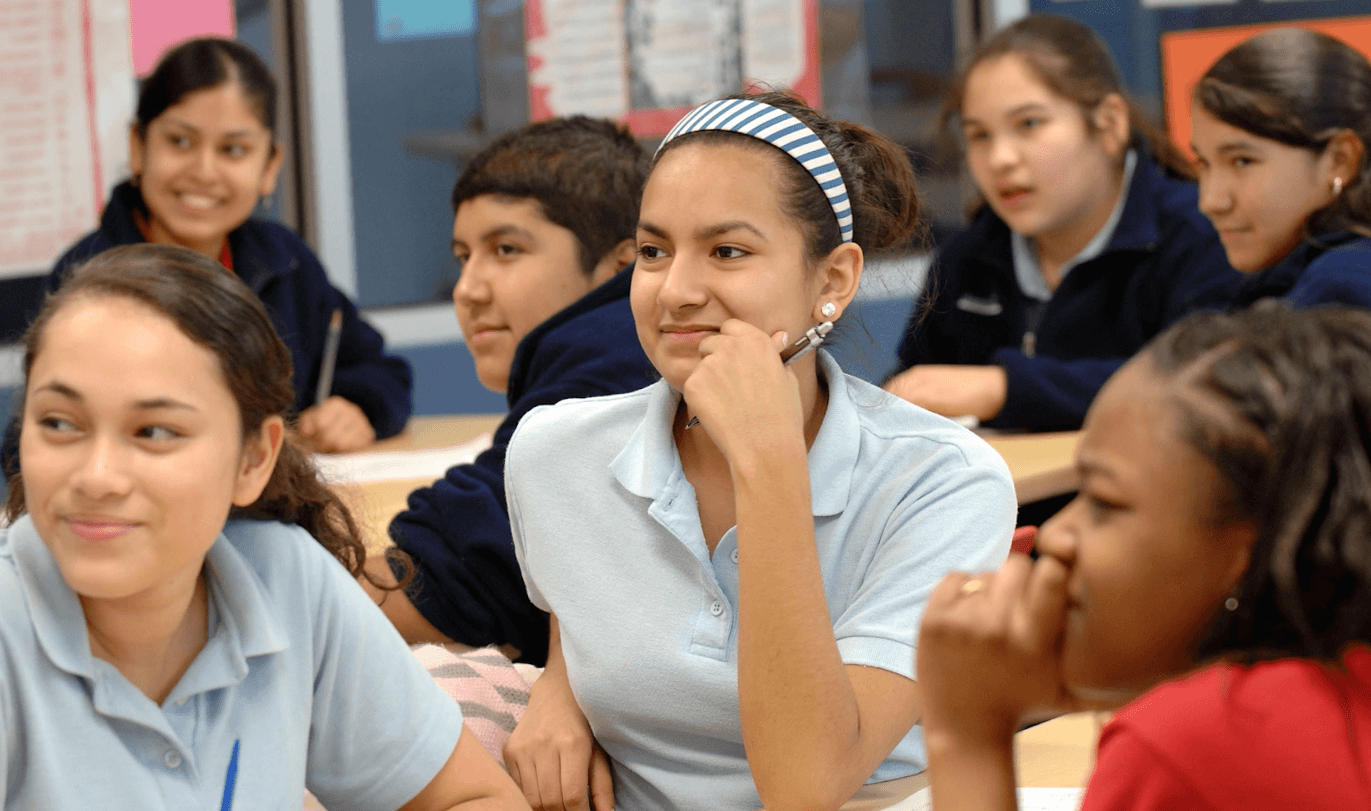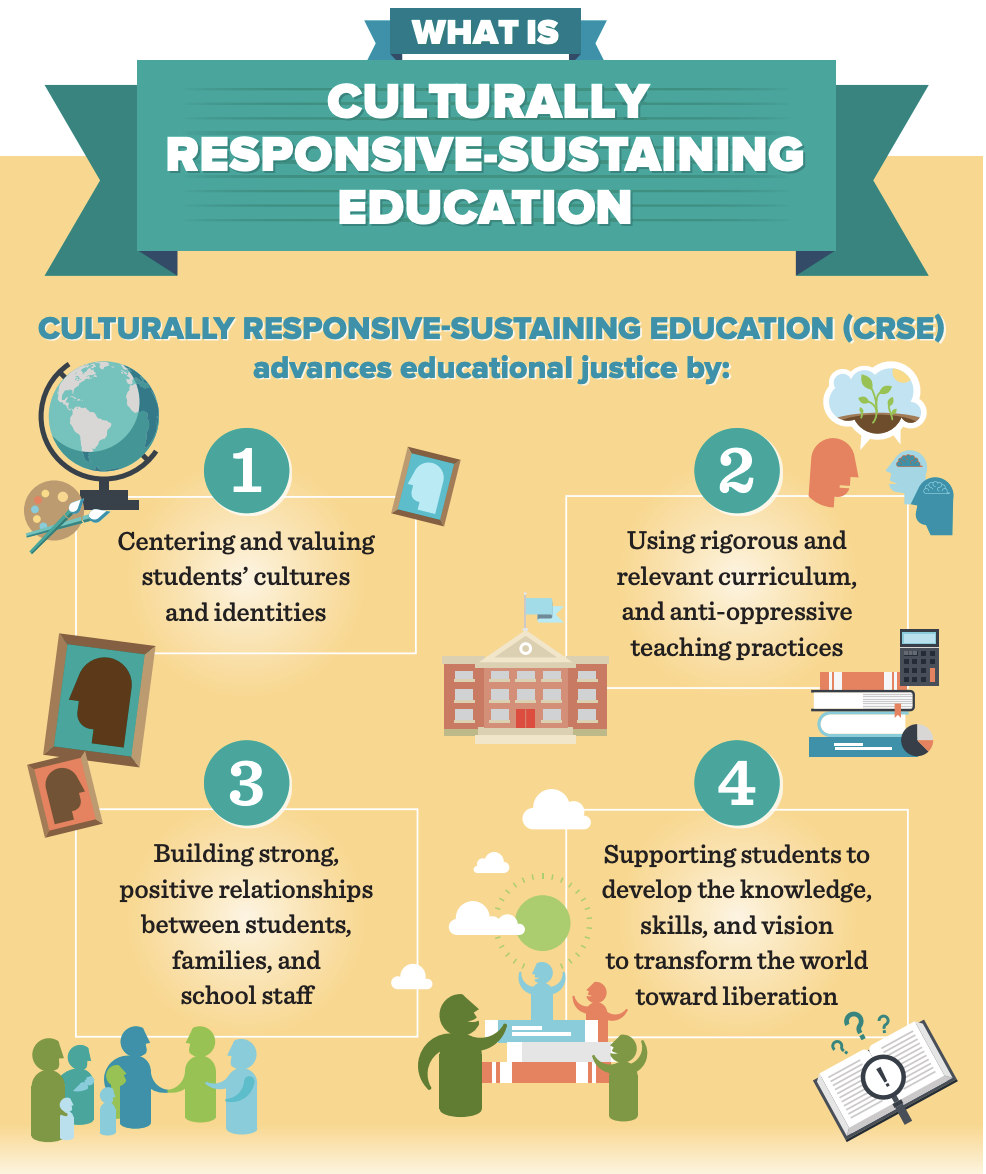Imagine a classroom where a young student, excited to share a story about a cultural celebration, is met with confusion and disinterest from classmates. This scenario, unfortunately, is not uncommon. Many classrooms are structured in ways that prioritize a dominant culture, leaving students from diverse backgrounds feeling unseen and unheard. This is where culturally responsive teaching comes in, recognizing the vital need to embrace and celebrate the rich tapestry of cultural experiences that make up our student populations.

Image: brighterly.com
Culturally responsive teaching goes beyond simply acknowledging differences; it actively seeks to create learning environments that are inclusive, equitable, and empowering for every student. This approach, rooted in the belief that all students deserve a chance to thrive in schools, is essential for fostering a more just and equitable society.
Understanding Culturally Responsive Teaching
What is Culturally Responsive Teaching?
Culturally responsive teaching is an educational approach that centers the experiences, perspectives, and backgrounds of students from diverse cultural groups. It involves teachers building relationships with students, understanding their cultural identities, and adapting their teaching practices to best support their learning. This means creating a classroom environment where students feel valued, connected, and empowered to succeed.
The Importance of Cultural Awareness
At its core, culturally responsive teaching is built on a foundation of cultural awareness. Teachers must understand the diverse backgrounds, histories, and experiences of their students. This involves actively seeking out knowledge about different cultures, challenging their own biases, and learning to navigate communication and learning styles that may differ from their own.

Image: crehub.org
Building Relationships with Students
Culturally responsive teaching emphasizes the importance of building strong relationships with students. This involves engaging in meaningful conversations, listening attentively to their perspectives, and creating a sense of belonging. By fostering a trusting and supportive environment, teachers can help to reduce barriers to learning and create a space where students feel comfortable sharing their voices.
Adapting Teaching Practices
Culturally responsive teaching extends beyond simply being aware of students’ cultural backgrounds. It requires teachers to adapt their pedagogy to meet the unique learning needs of diverse learners. This includes incorporating cultural content into lessons, using varied teaching methods, and providing differentiated instruction to support students at different levels.
Empowering Students
Culturally responsive teaching aims to empower students to become active participants in their learning. This means giving them opportunities to take ownership of their education, share their cultural knowledge, and advocate for their needs. By fostering student agency, teachers can help to develop confident, resilient learners who are equipped to thrive in a diverse and interconnected world.
Trends and Developments
The field of culturally responsive teaching is constantly evolving, spurred by advancements in research, ongoing conversations, and a growing awareness of the need for educational equity. Current trends include:
- Increased Focus on Social-Emotional Learning: Culturally responsive teaching recognizes the importance of fostering students’ social-emotional well-being. Teachers are actively incorporating strategies that build empathy, self-awareness, and emotional resilience.
- Integration of Technology: Technology is playing a key role in promoting cultural responsiveness. Online platforms and tools are providing teachers with access to diverse resources, fostering global collaborations, and empowering student voices.
- Importance of Family and Community Engagement: Culturally responsive teaching understands that families and communities play a vital role in student learning. Teachers are increasingly partnering with families and communities to create supportive learning environments that bridge the gap between home and school.
Tips for Implementing Culturally Responsive Teaching
Embracing culturally responsive teaching is a continuous journey, not a destination. Here are some tips for integrating this approach into your classroom:
- Build Relationships: Spend time getting to know your students and their families. Engage in conversations about their cultural backgrounds, interests, and aspirations.
- Use Culturally Relevant Materials: Incorporate texts, media, and activities that reflect the diverse backgrounds of your students. Look for stories, historical events, and scientific discoveries that resonate with their experiences.
- Amplify Student Voices: Create opportunities for students to share their knowledge, perspectives, and experiences. Encourage them to lead classroom discussions, present projects, and share cultural traditions.
- Collaborate with Colleagues: Connect with other teachers and educators who are engaged in culturally responsive teaching. Share resources, best practices, and ongoing reflections on the process.
FAQs
Q: What are some examples of culturally responsive teaching in action?
A: Culturally responsive teaching can manifest in many ways. Examples include:
- Using a variety of teaching methods to accommodate different learning styles.
- Creating a classroom library that includes books by authors from diverse backgrounds.
- Providing students with opportunities to learn about different cultures through music, art, or dance.
- Encouraging students to express themselves creatively through writing, storytelling, or performance.
Q: How can I learn more about culturally responsive teaching?
A: There are many resources available to help educators learn about culturally responsive teaching:
- Books: “Culturally Responsive Teaching and the Brain” by Zaretta Hammond and “The Anti-Bias Curriculum” by Louise Derman-Sparks and Julie Olsen Edwards.
- Professional Development: Look for workshops, online courses, and conferences that focus on culturally responsive teaching.
- Online Communities: Join online forums and groups dedicated to culturally responsive pedagogy.
Why Is Culturally Responsive Teaching Important
Conclusion
Culturally responsive teaching is not a trend; it is a vital shift in how we approach education. By understanding the diverse cultural backgrounds of our students, building strong relationships, and adapting our teaching practices, we can create learning environments where every student feels valued, connected, and empowered to reach their full potential. This is the key to creating a more just and equitable future for all learners.
Are you passionate about creating inclusive learning environments? Share your thoughts and experiences in the comments below!





